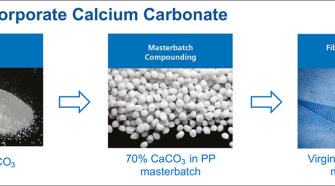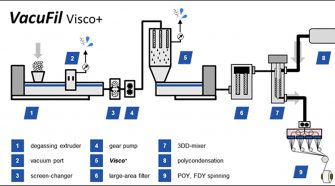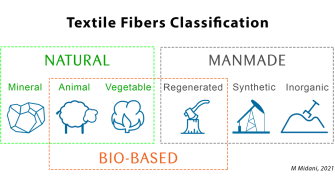Sustainability

Microplastic pollution from textiles – a microscopic, yet massive, problem
Pollution at microscopical levels from plastic-derived products has become a global problem. Microplastics are any particles of plastic fragment smaller than 5mm. Polluting our environment every day, microplastics contain or …

Calcium carbonate enables sustainability in polymer fiber applications
Calcium carbonate, which is ubiquitous in nature, can be found everywhere in daily life. It is used widely as a coating agent for paper or cardboards and for paints; as …

Recycling technology enables homogeneous & viscosity-stable rPET melt
Across the globe, consumers are demanding sustainable products and the careful utilization of resources – increasingly so in the textile sector. As a result, textile producers are switching from exclusively …

The first in-fiber sustainable viscose infrared solution
Hologenix, inventors of Celliant infrared textile technology, has partnered with Kelheim Fibres to introduce a sustainable fiber alternative for performance fabrics. Celliant is a proprietary blend of natural minerals that …

What is a biofiber?
A biofiber is a fiber derived of biological origin, whether produced naturally or via a regenerated process. The classification can be broken down further as a collection of cells in …

